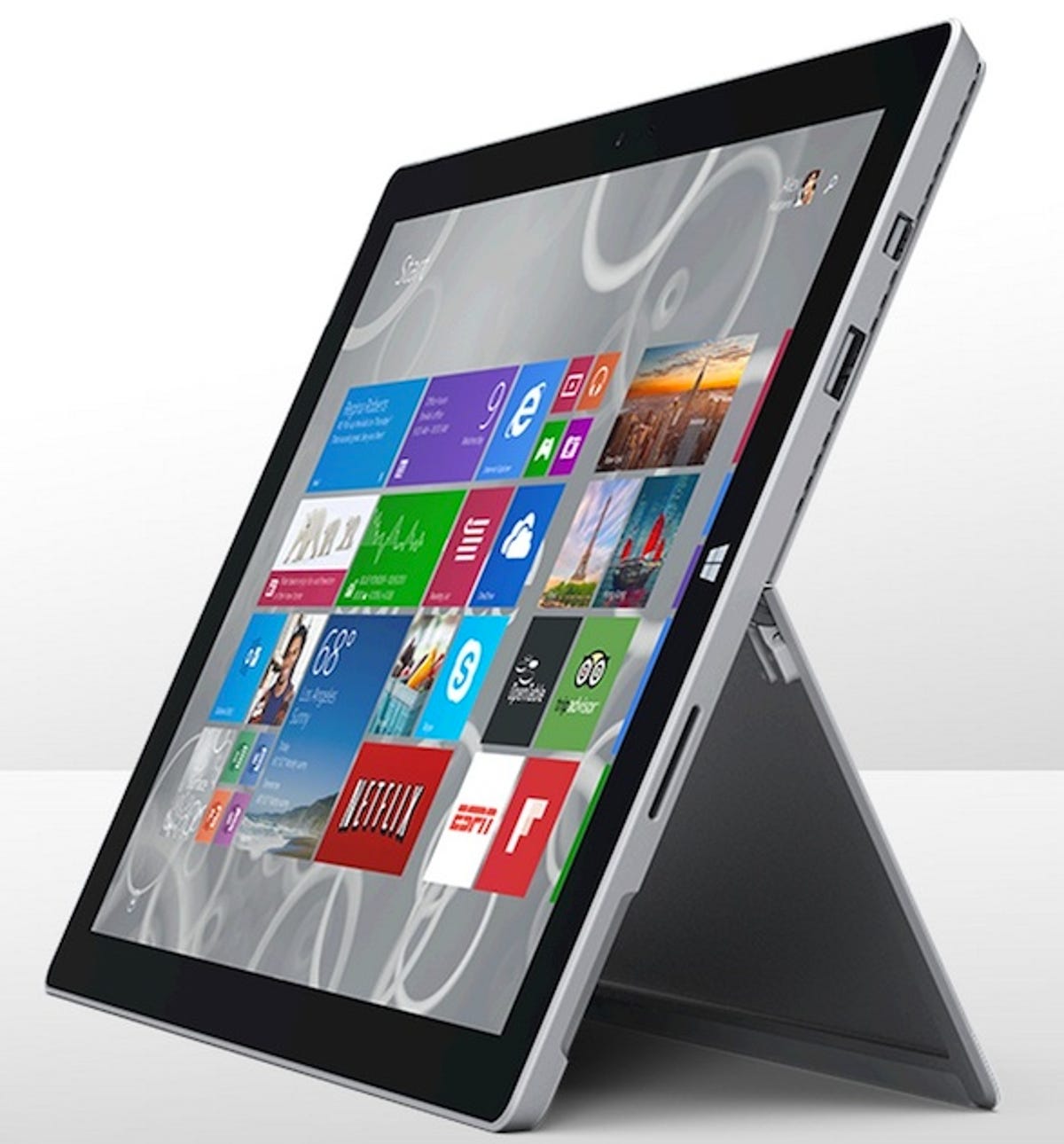
Microsoft
After weeks of rumors that Microsoft’s Tuesday event was all about a Surface Mini, it wasn’t. What in the world happened?
What happened of course is that Microsoft announced the Surface Pro 3 , a full-fledged 12-inch laptop that can function as a tablet.
“The Mini would have been a tablet-only device and they’re clearly positioning Surface more and more as a PC,” said Bob O’Donnell, chief analyst at Technalysis Research.
The likelihood that the Mini would have run the unpopular Windows RT operating system didn’t help its cause.
“The Mini was rumored to be Qualcomm-based which would have been Windows RT. And I think they’re rethinking Windows RT. So, it’s a combination of: Windows RT just confuses the market and they’re trying to move Surface to a computing experience as opposed to a tablet experience,” O’Donnell added.
Related stories
Microsoft Chief Executive Officer Satya Nadella and Executive Vice President Stephen Elop weren’t keen on the Mini either, according to Bloomberg.
They “decided that the product in development wasn’t different enough from rivals and probably wouldn’t be a hit,” Bloomberg said, citing a person knowledgeable of the decision.
Bloomberg added that engineers had been working on the device and had planned to release it.
O’Donnell said it wasn’t a good fit for Microsoft’s emphasis on business.
“They focused a lot on business [on Tuesday]. And PCs are what business people are still using,” he said.
“[The Surface Pro 3] is the best hardware I’ve seen for a 2-in-1 [laptop-tablet hybrid]. It’s clearly designed to be used the vast majority of time in PC mode,” which is what business people need, he added.
Update: A new take on the conspicuous absence of the Mini on Tuesday is that Microsoft postponed rather than killed it. One theory is that Microsoft needs Office Gemini, the touch-friendly version of Office apps before it can launch a smaller tablet.




